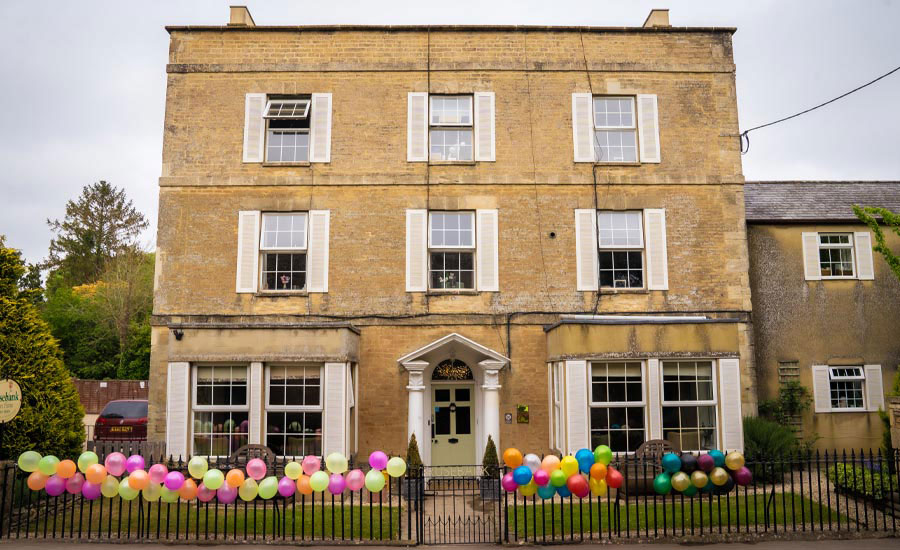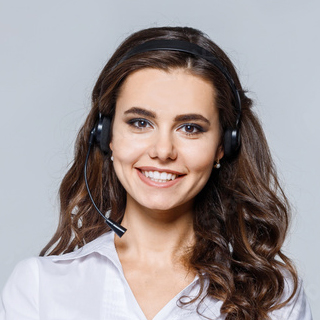Is Your Loved One Safe? Inside the Security Measures of Modern Care Homes

When it comes to choosing a care home for someone you love, we know safety is at the top of your list. You want to know that the people you trust to look after your parent, grandparent or partner have the systems, training and technology to keep them safe, secure and well cared for.
The good news? Modern care homes have come a long way. Gone are the days of locked doors and basic routines.
So, how exactly do care homes ensure the safety and security of their residents? Keep reading as we explore the details of what makes care homes safe — and how you can spot a good one.
How Do Care Homes Ensure the Safety and Security of Residents?
Care homes ensure resident safety through secure entry systems, CCTV surveillance, 24/7 staff monitoring, regular risk assessments, emergency response protocols and advanced technologies such as medical alert systems and fall detection sensors. Plus, staff training, health monitoring and strict compliance with safety regulations enhance security and well-being.
In More Detail:
Physical Security Measures in Care Homes
Physical security is a big piece of the puzzle when you think of safety in care homes. A good care home is built to protect residents while maintaining their comfort and independence.
Residential homes have come a long way from relying on a receptionist and a visitor book.
Today, most have secure entry systems — think keycard access, PIN codes or fob-based technology — limiting who can enter or exit. Visitors often check in and out electronically, which helps track foot traffic and keep everyone accounted for. This is important for residents with dementia, who might be at risk of wandering.
CCTV cameras are standard in many care homes these days, but they’re carefully placed. You’ll typically find them in common areas like hallways, entrances and communal lounges but certainly not in private rooms. Care staff don’t intrude on residents but provide oversight, prevent accidents and quickly spot unusual activity.
Safety starts with how the care home is built and designed. Modern facilities are retrofitted to reduce risks and improve accessibility:
- Non-slip flooring to prevent falls.
- Well-placed handrails along hallways and in bathrooms.
- Good lighting to avoid accidents, particularly at night.
- Clearly marked emergency exits for quick evacuation if needed.
Fire Safety and Emergency Preparedness
Fire safety is non-negotiable. Care homes install smoke detectors, sprinkler systems and alarm systems as standard. Regular fire drills ensure that staff know exactly what to do in an emergency and residents are kept informed in a way that feels reassuring rather than alarming.
Resident Health and Well-being Monitoring
Modern care homes focus on health and well-being with personalised care, constant support and smart technology to keep residents safe.
Tailor-Made Care Plans
Each resident has a custom care plan created for them to manage mobility, medications and health risks. Plans are regularly updated to ensure the proper support, from extra check-ins to safety aids like grab rails or motion sensors.
24/7 Staff Support
With carers on-site day and night, help is always nearby. Regular check-ins and quick emergency responses ensure residents are never left waiting.
Smart Safety Technology
Innovative tools like medical alert pendants, fall sensors and GPS trackers keep residents safe while giving carers the information they need to act fast.
Safe Medication Management
Digital systems track medications accurately, reducing errors and ensuring doses are on time – giving families extra reassurance.
Care Home Safety Policies and Procedures
Behind every well-run care home is a set of strict policies and procedures to keep residents as safe and cared for as possible.
Carers are trained in first aid, CPR, emergency response, infection control and safeguarding. Ongoing staff training ensures they’re ready to handle any situation, from falls to health crises.
Clear systems are in place to quickly report and address accidents, injuries or concerns. Families are always kept informed and lessons are learned to improve safety further.
Care homes undergo regular inspections and audits to meet safety standards. Compliance with safeguarding laws and health protocols ensures residents’ rights and safety are always prioritised.
Cybersecurity and Data Protection
Safety isn’t just physical – it’s digital too. Care homes work hard to protect residents’ sensitive information and online safety.
Medical, personal and financial data is stored in encrypted systems, ensuring only authorised staff can access it, reducing the risk of breaches or misuse.
Care homes use firewalls and secure networks to protect against cyber threats. Residents who like to browse the internet are also supported, which helps them stay connected without risk.
Innovative Technologies Transforming Safety
Many modern care homes are embracing smart technology, such as:
- Smart sensors
- Fall detection systems
- Wearable devices
- GPS trackers
- Medical alert pendants
- AI health monitoring
- Digital medication systems
- Telemedicine platforms
- Environmental monitoring
- Robotic assistance.
- Smart beds
- Voice-activated devices
- Video monitoring
- Digital door locks
- Automated fire safety systems
A Safe Place to Call Home
So, when you’re exploring care homes, don’t be afraid to ask questions. Look for the details that matter, like how is safety is built into their routines, how they support health and well-being and how they use modern tools to keep residents secure. Your loved one’s comfort and safety should always come first, and with the right care home, you’ll find exactly that.
Ready to explore...
